
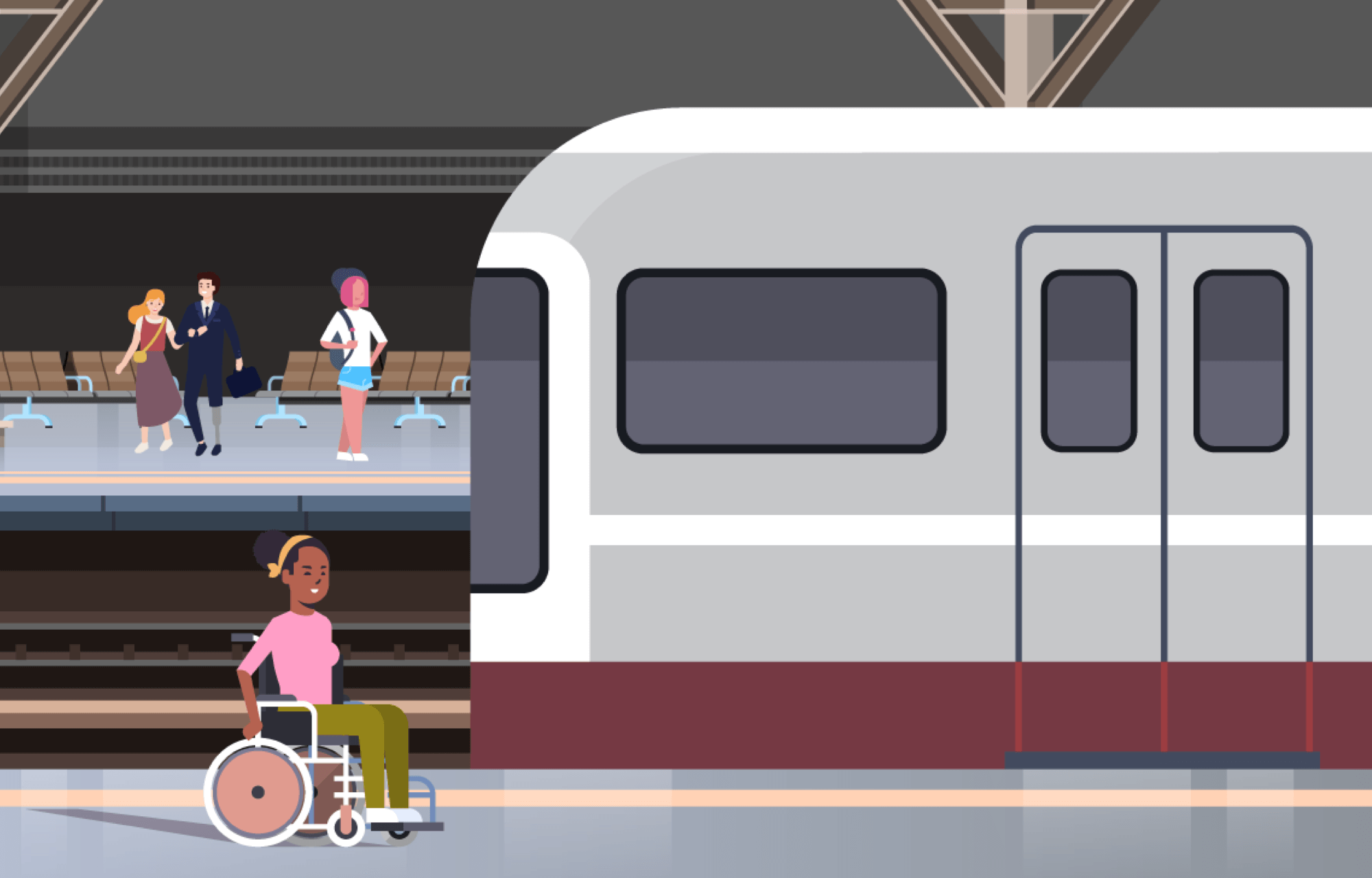
The first step of attending a hearing in court is the journey to get there. Currently, the British government aim for at least 95% of court users to be able to make it to their hearing without having to leave the house earlier than 7:30am. This was outlined in their response to the “Fit for the Future transforming the Court and Tribunal Estate” consultation. But, they also concluded that they need to reassess the travel impacts based on responses from the public, who pointed out that experiences of disabled people weren’t properly taken into account. Jonathan Wheeler, our Managing Partner, echoed the same sentiment last year in his article “Something rotten in the court estate”.
If you’re a wheelchair user, you’ll be aware of the challenges of travelling to official venues. This is regardless of whether you’re using your own car or public transport. Our Going The Extra Mile study found that, when using public transport, wheelchair users can take double the amount of time to complete the same journey as an able-bodied commuter.
There’s also no guarantee the court will be close to an accessible public transport route, leaving you in a difficult position. You may not know what the terrain is like or the state of the pavements, or if there steps or inclines to navigate.
Going to the venue by car isn’t always the easier option, either. You often need to arrange a disabled parking space in advance, but the space may not be close to the building. This means people with mobility restrictions – such as people on crutches or those with chronic issues that leave them fatigued – could be negatively affected.
If you have issues with your sight and/or hearing and this impacts your sensory experience it can be difficult to navigate public spaces. If you’re travelling to the courthouse via public transport, there’s no guarantee it’ll be close to an accessible public transport route, leaving you in a difficult position.
Going to the venue by car isn’t always the easier option, either. You often need to arrange a disabled parking space in advance, but it may not be close to the building.
Travelling to a new location can be daunting and scary if you have a learning disability such as special educational needs or other developmental disorders.
If you travel by car, you’ll likely rely on a disabled parking space being nearby, so you don’t have to spend too long walking to the venue. You often need to arrange a disabled parking space in advance, but it may not be close to the building.
If you travel via public transport, you may find that the nearest bus stop or train is far away from the venue, which means you may have to make the rest of the way there on foot. The walk itself could be fairly long, too.
Travelling to a new location can be difficult if you have hidden disabilities such as language impairments, attention deficit disorder or other cognitive issues.
If you travel by car, you may rely on a disabled parking space being nearby, so you don’t have to spend too long walking to the venue. You often need to arrange a disabled parking space in advance, but it may not be close to the building. And, of course, if you’re not a Blue Badge holder, you may need to rely on public parking spaces.
If you travel via public transport, you may find that the nearest bus stop or train is far away from the venue, which means you may have to make the rest of the way there on foot. The walk itself could be fairly long, too.
If you have PTSD or another psychiatric condition, or if you live with any other mental health issue, going to new places can be stressful and overwhelming. And probably even more so if you have to travel on public transport and face large crowds of people.
Going to the venue by car isn’t always the easier option, either. You often need to arrange a disabled parking space in advance, but it may not always be close to the building. If you’re not comfortable around crowds and the building is on a busy road, the walk to the venue can be distressing.
British courthouses operate under what they call trial windows which means they’ll only provide a broad date range of weeks within which your trial will take place. If you have young children to look after or have other care responsibilities, making plans to attend your court date can be challenging.
The venue usually won’t have a creche or childcare facilities, and most don’t have family waiting rooms either. You’ll also have to face the possibility that you could be there all day. All this means having to arrange childcare or care for your poorly relatives around work and other commitments or bringing them to court with you.
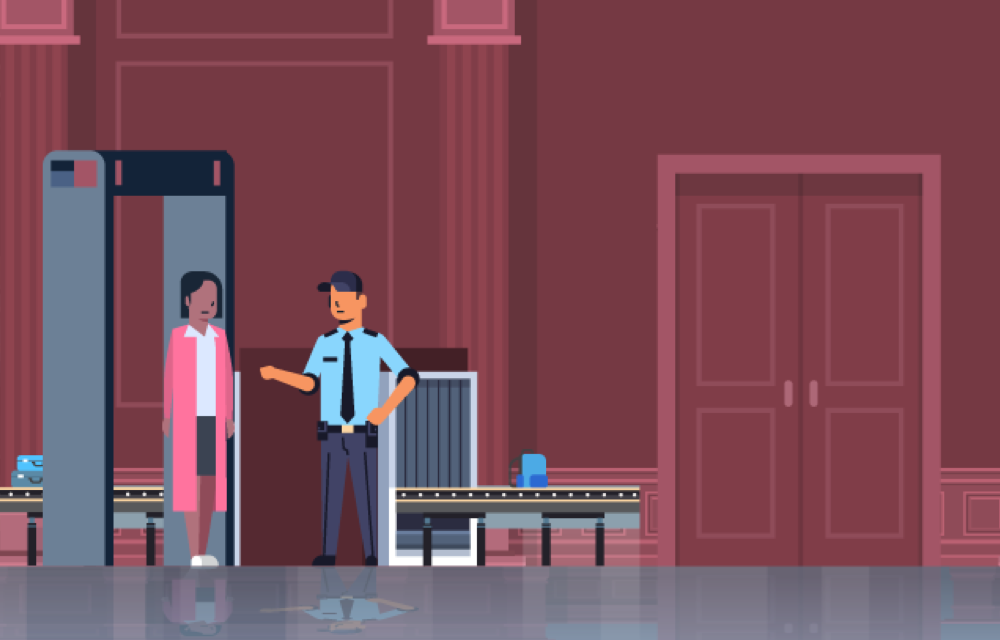
When you arrive at the courthouse, there are two occasions where you may face obstacles: getting into the building and passing through security. You may not be able to find the entrance easily, there may be ramps or steps to navigate, and the security process can feel rushed and intimidating. Many of the bigger courthouses have a security arch – an electronic barrier that works as a metal detector. If you have a pacemaker, you’ll need to let security know, as the arch may interfere with it.
While most courthouses will provide a ramp to get inside the building, you may find the door isn’t wide enough for your wheelchair. For those who are on crutches or have other mobility issues, there may not always be handrails to get up the steps. Plus, if you’re alone and need help to open the court door, there may not be someone around to assist you.
Once inside, you may find the security arch isn’t wide enough for your wheelchair, and there may not be a place to leave your belongings at an accessible height. You may also find there isn’t enough space or time afterwards to gather your things again, leaving you feeling rushed.
If you have prosthetic limbs, you may be asked to remove them for inspection. Unfortunately, there isn’t always a seat where you can rest while they do so, which can be uncomfortable and awkward.
When you arrive at the courthouse, the entrance to the courthouse may not be clearly signposted. As you enter, if you’re alone and need help to open the court door, there may not be someone around to assist you.
The security team may not always communicate clearly and may not be trained to recognise that you’re blind or deaf. If you do need help with anything, there may not be enough people available to do so.
When you arrive at the courthouse, you may find the security team doesn’t communicate clearly, so you may struggle to understand what’s happening. If you need help with anything, there may not be enough people available to do so. It may also not be possible to follow the process at your own pace, making it overwhelming and stressful.
If you travel via public transport, you may find that the nearest bus stop or train is far away from the venue, which means you may have to make the rest of the way there on foot. The walk itself could be fairly long, too.
When you arrive at the courthouse, you may find the security team doesn’t communicate clearly, so you may struggle to understand what’s happening. If you need help with anything, there may not be enough people available to do so. It may also not be possible to follow the process at your own pace, making it overwhelming and stressful.
When you arrive at the courthouse, you may find the security team doesn’t communicate clearly, so you may struggle to understand what’s happening. If you need help with anything, there may not be enough people available to do so. It also may not be possible to follow the process at your own pace, making it overwhelming and stressful.
While most security scans aren’t invasive, the procedures may trigger a trauma or aggressive response, through no fault of your own.
While most courthouses will provide a ramp to get inside the building, you may find the door isn’t wide enough for your buggy or pushchair. The security arch may not be wide enough for your pushchair, and you may also find there isn’t enough space or time afterwards to gather your things again, leaving you feeling rushed.
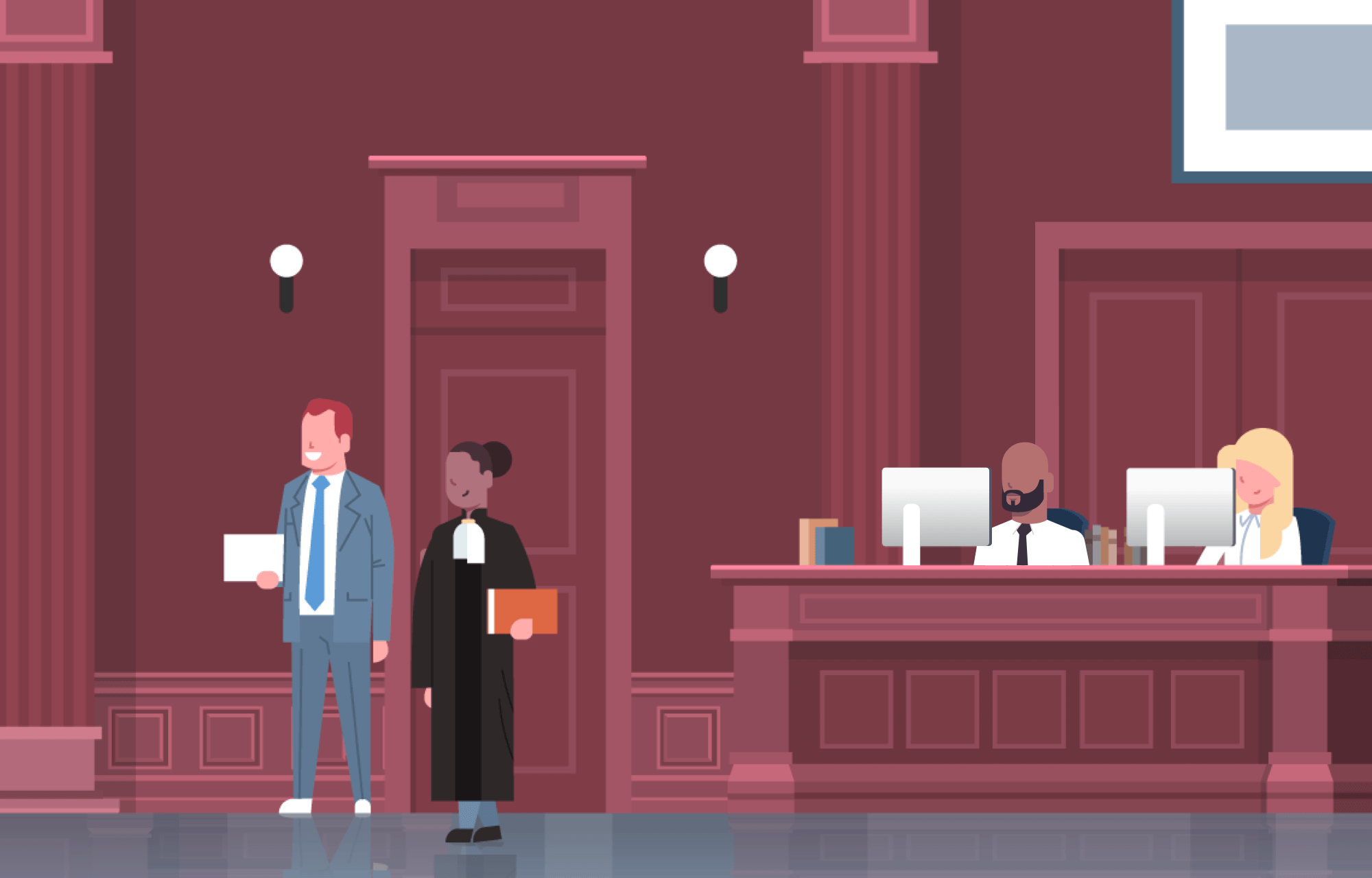
Once you get inside the building, you’ll need to find your legal team. Your legal team will likely have arrived at the court before you, and even if you’ve agreed a place to meet beforehand, you may still need to find that location by yourself.
If you suffer from fatigue, limited mobility or are in a wheelchair, any extra travel is likely to impact your energy levels and mood.
Having to navigate a new venue by yourself can be scary and feel overwhelming.
Having to navigate a new venue by yourself can be scary and feel overwhelming.
Having to navigate a new venue by yourself can be scary and feel overwhelming. You may also struggle to remember directions or read maps.
Having to navigate a new venue by yourself can be scary and feel overwhelming.
If you have young children with you, it can be more difficult to navigate a new venue.
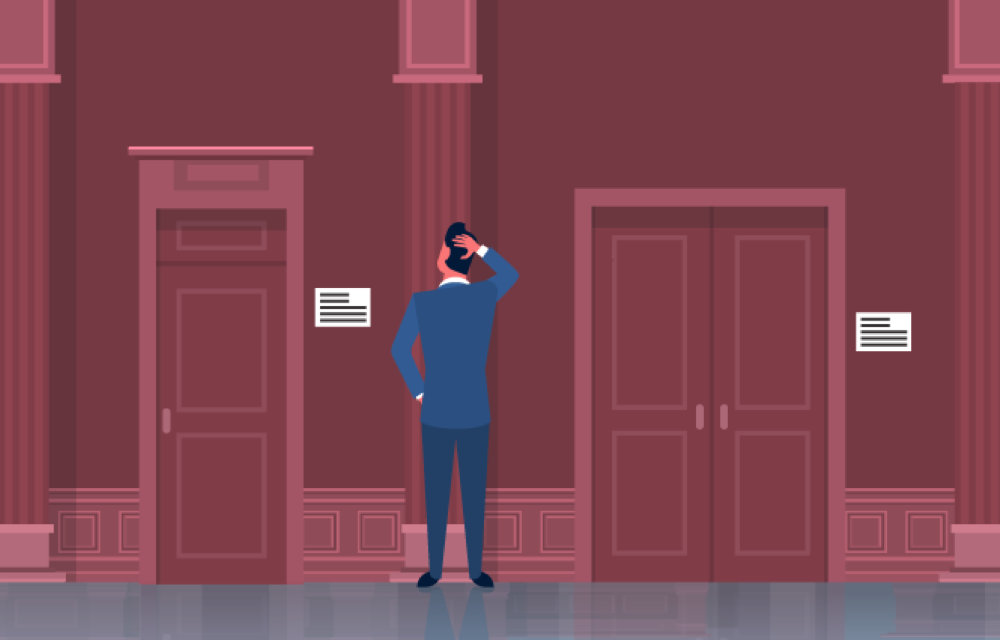
In most cases, your legal team will be with you to help you find and enter the room your hearing is in. If you have accessibility issues, you’ll need to let the court know in advance, so they can ensure the room is suitable for your needs. All courthouses are required to follow government guidelines on accessibility, which includes making “reasonable adjustments” to account for any needs you’ve told them you have. Try to give them as much detailed information as possible so they can cover everything that might be an issue.
While your legal team will be with you to help, it may still be difficult to find accessible routes to the room your hearing is in. In many venues, there may not be wheelchair access to all rooms, so you’ll have to contact the court in advance to make sure your hearing has been arranged somewhere that’s right for your needs.
Another obstacle could be lift access. Our research has found that only 32% of courthouses in Britain offer lifts, so you may struggle if your room is upstairs. In venues that do have lifts, you may still have trouble finding it because the signs aren’t posted at an appropriate height.
If you haven’t met your legal team before your hearing, you may need to spend some time finding the room and navigating the venue.
While our research has found that almost 2 in 5 courthouses (79%) offer hearing aid loops or portable loops, most require you to inform the court in advance of your needs. Staff may also not be trained to operate the loops properly.
If you haven’t met your legal team before your hearing, you may need to spend some time finding your room and navigating the venue.
If you haven’t met your legal team before your hearing, you may need to spend some time finding your room and navigating the venue. You may also struggle to remember directions or read maps.
If you haven’t met your legal team before your hearing, you may find it hard navigating the venue.
Your legal team will likely be with you to help you find and enter the room your hearing is in. But, even then, it could still be difficult to find accessible routes to the room if you have a pushchair in tow.
That said, you likely won’t be allowed to bring children into the hearing with you. Unfortunately, our research has found that only 10% of British courthouses have a children’s facility or a room in which your children can play, so this can be a problem. If you have poorly relatives with you and there’s no public waiting area, this could also pose difficulties.
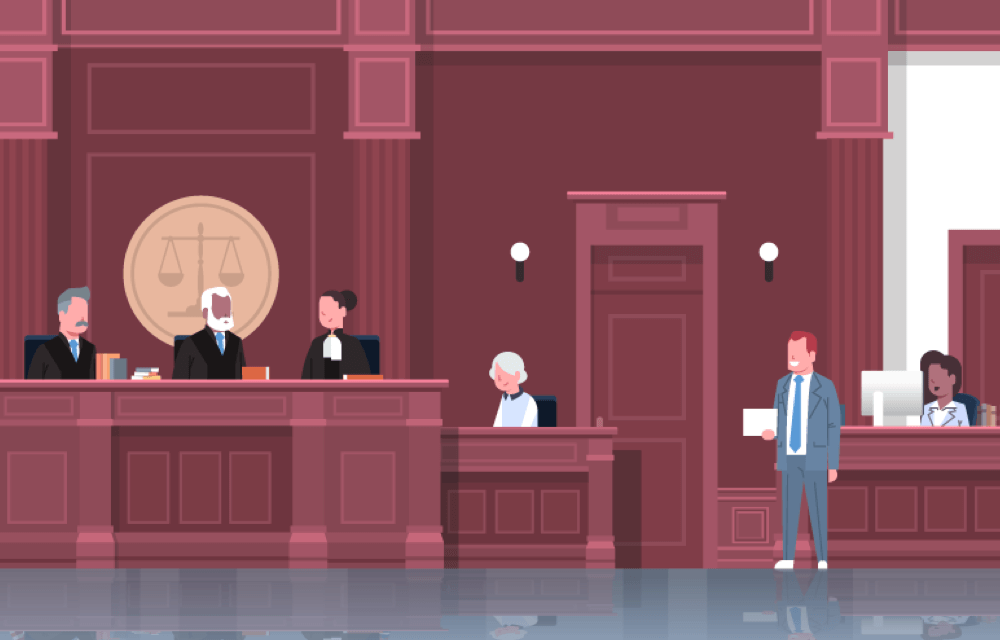
Giving evidence or providing witness testimony is nerve wracking enough. But, if you have specific needs or disabilities, you may also come across other challenges. Most of the time, these hearings will be conducted in person, but, particularly during the COVID-19 lockdown, you may be giving evidence via video. If so, we’d also like to see a dedicated support person who talks you through the process, so you feel involved, prepared and relaxed, despite not being in the room yourself.
You may find your wheelchair doesn’t fit the podium, that there isn’t enough space in the evidence box, or that you can’t reach the microphone. If you’ve been given water, it might not be placed somewhere close to you while you’re in the box. Some of you may also find it hard to sit still in one place for too long.
It’s also important that you can view and work through the trial bundle from where you are, which can be tricky if the only space your wheelchair can fit is in an awkward place in the room.
You may find there’s no hearing aid loop in place when you arrive, or that there’s no sign language interpreter or translator available. You may also not be able to view and work through the trial bundle from where you are.
You may experience sensory overload or find it difficult to understand and follow court procedure. When giving evidence, you may forget what needs to be said or done, and need prompting. If the judge isn’t aware of your needs, they may proceed too quickly and without checking that you’ve understood what’s going on.
You may experience sensory overload or find it difficult to understand and follow court procedure. When giving evidence, you may forget what needs to be said or done, and need prompting. If the judge isn’t aware of your needs, they may proceed too quickly and without checking that you’ve understood what’s going on. If you suffer from fatigue, you may find it difficult if a chair isn’t provided in the witness box.
You may find the process overwhelming or find it difficult to understand and follow court procedure. When giving evidence, you may forget what needs to be said or done, and need prompting. You may also experience mood swings, uncontrollable emotional outbursts, panic attacks or confused or slurred speech. If the judge isn’t aware of your needs, they may proceed too quickly and without checking that you’re okay and that you’ve understood what’s going on.
Your children are unlikely to be able to come into the hearing room with you, so you’ll need to find a way to keep them occupied. Unfortunately, our research found that only 10% of courthouses offer a children’s room.
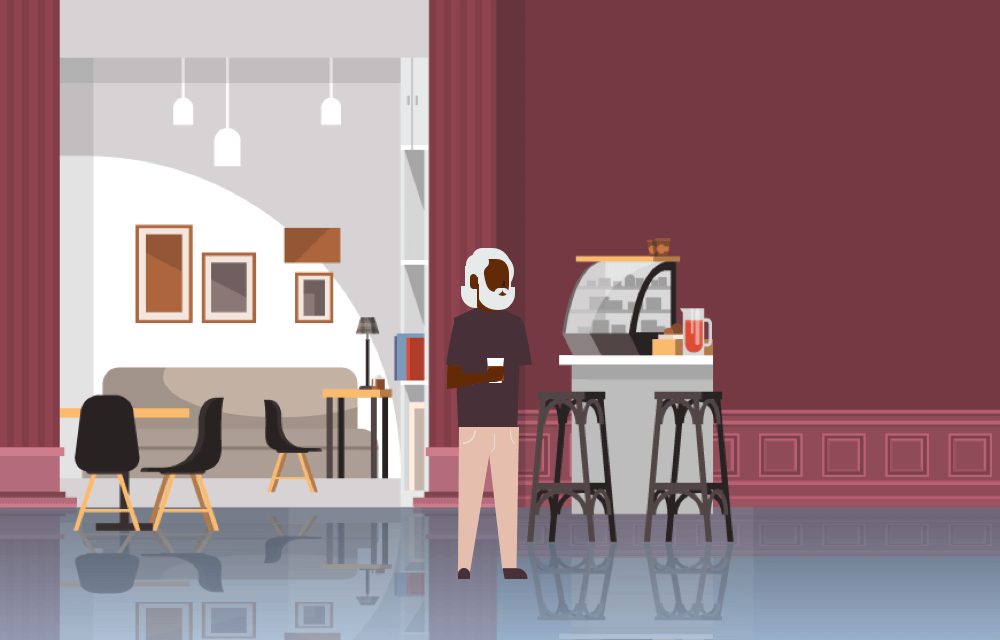
Court hearings can last a long time, so you may need to go to the toilet or go outside to smoke or get some fresh air. If there’s a break in the hearings, you may also want to find a place to go for lunch. Our research into Britain’s courthouses found that over half of them (59%) don’t offer disabled toilets. Some courthouses will have canteens where you can get something to eat or drink, while others may be located close to cafés and shops. It should also be easy for you to go outside if you need to, and come back in easily, too.
As a wheelchair user, it’s not always guaranteed that there’ll be a disabled toilet available for you. And you may also find that there’s been poor upkeep of the facilities or that they haven’t been designed with your needs in mind.
If you need a disabled toilet, it’s not always guaranteed that there’ll be one available. The toilets may also not be properly signposted. If there’s a canteen onsite, you may find that items aren’t labelled in braille to help you identify them.
If you need a disabled toilet, it’s not always guaranteed that there’ll be one available. The toilets may also not be properly signposted. It may also be the case that staff or signage at the toilets inadvertently suggest that they’re only for use by people with visible disabilities.
If you need a disabled toilet, it’s not always guaranteed that there’ll be one available. You may also find that there’s been poor upkeep of the facilities or that it hasn’t been designed with your needs in mind.
For example, many of our clients use a stoma bag, and may find the stalls don’t have a convenient place to dispose of the bags or may not have a surface to place things on while you change them. Not all courthouses have cubicles for privacy while you change your stoma bag, either. It may also be the case that staff or signage at the toilets inadvertently suggest that they’re only for use by people with visible disabilities.
If you need a disabled toilet, it’s not always guaranteed that there’ll be one available. The toilets may also not be properly signposted.
Most courthouses in Britain have their baby changing facilities in the disabled toilets, but you may find they’re not properly signposted or that there’s been poor upkeep of the facilities. You may also need baby feeding facilities such as a nursing room for privacy, as well as food warming facilities so you can feed older children.
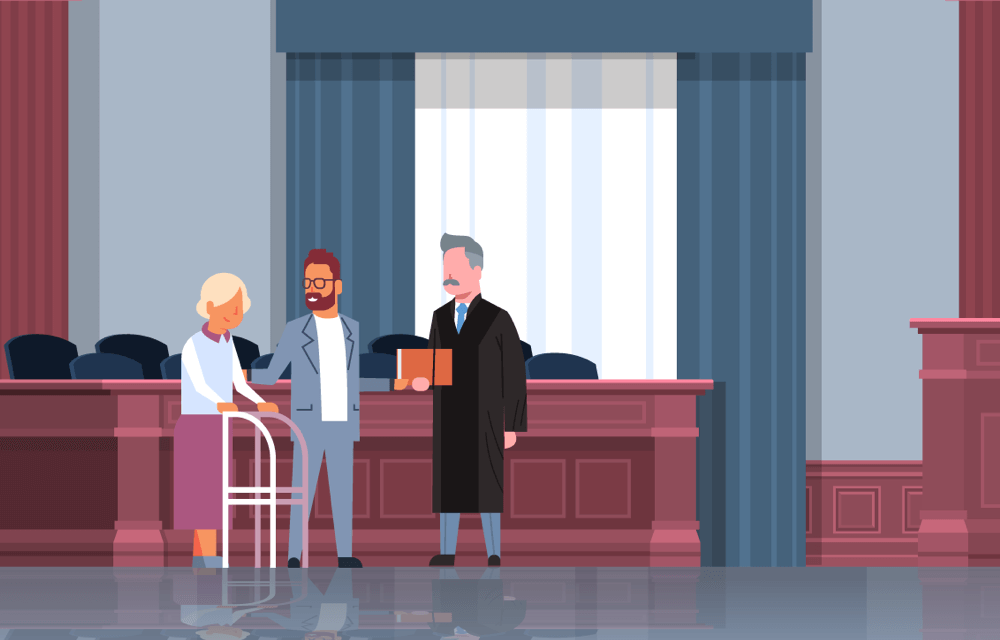
Attending court can be difficult if you don’t know what to expect. Having a disability, hidden issue or other responsibilities shouldn’t impede your access to justice. Hopefully this has helped you get a better idea of what to expect at your hearing. As we’ve highlighted, there’s still a lot to be done to make courts more accessible for all people, and it’s important that courthouses take steps to make sure everyone feels relaxed, prepared and composed during their visit in order to make the process easier for everyone involved. If you have any questions on the court process, don’t hesitate to contact your legal team. You can also contact us to find out if you may have a compensation claim.